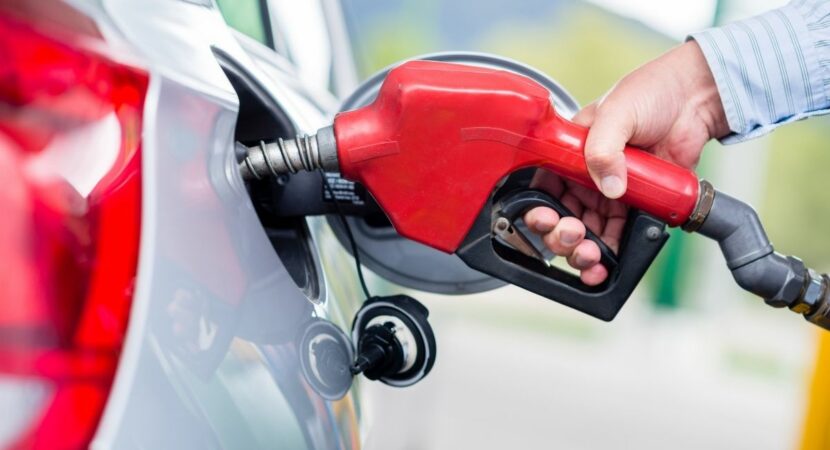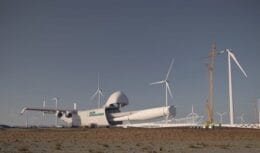
A student at the Federal University of Pampa (Unipampa) creates a device that will save you fuel such as gasoline and diesel in vehicles
The constant increase in fuel prices after the start of the War between Ukraine and Russia has worried many people. Thinking of a way to lighten the burden of the consumer, a student from the Federal University of Pampa (Unipampa) created a device capable of optimizing vehicles and saving fuels such as gasoline and diesel. The device helps the car to do more kilometers per liter and even reduces the emission of greenhouse gases due to the potentiation of the combustion that moves the vehicle.
For this invention, the student and professor used electrolytic cells in vehicles to improve the efficiency of internal combustion, promoting an increase in engine efficiency. Alejandro Reyes, Specialization student in Management of Chemical Industrial Processes at Unipampa is the name of the researcher. Learn more about this brilliant device!
Check out how the oil situation is in this month of July 2022 in the video below
Device has a mixture of oxygen and hydrogen to reduce fuel consumption by vehicles
Student Alejandro Reyes, in partnership with his research advisor, César Mantovani, and professor Sérgio Meth, developed a generator system based on hydrogen and oxygen, capable of reducing the emission of greenhouse gases in the atmosphere. This oxyhydrogen (HHO) cycle was only possible thanks to the use of electrolytic cells, a novelty on the market.
One of the first tests carried out was with a Chevrolet Classic, model 1.0 flex, manufactured in 2009 and brought very encouraging results. The implemented system made the car run more kilometers per liter of gasoline and reduced the emission of greenhouse gases.
The device has an HHO gas generator plate connected directly to a reservoir of electrolytes that feed each other. Afterwards, the energy produced is conducted through a drying filter, through the firebreak and reaches the engine, as shown in the figure below.

With this mechanism, the researchers were able to verify 73% efficiency in the production of oxyhydrogen and a reduction of up to 50% in fuel consumption. In addition, there was dissolution of carbon monoxide and carbon dioxide, causing less emission of greenhouse gases.
Device was created with low-cost materials to make electrolytic cells work and save fuel
This energy saving mechanism for vehicles has been created before. However, the big draw here was the use of low-cost materials to create a device that could be easily reproduced and later produced on a large scale. Electrolytic cells can convert electrical energy into chemical energy through electrolysis.
However, to take advantage of the energy coming from the electrolytic cells, the researchers used reused materials such as stainless steel, milky white acrylic sheets and a specific high-density rubber (HDPE). In addition, they added the use of sodium hydroxide (NaOH) in the process, as it facilitates the generation of energy current for oxyhydrogen. As a result, the construction of electrolytic cells became cheaper.
A research is very promising and scientists are optimistic that this device can reach the market at a low cost, can be purchased by people and pay off the investment in the long term, in view of rising fuel prices. It is a big step for Brazil towards the search for greater sustainability in addition to the feasibility of public mobility with its own vehicles. The team will continue its tests to then apply for a patent application (unprecedented registration of something created in the world).








